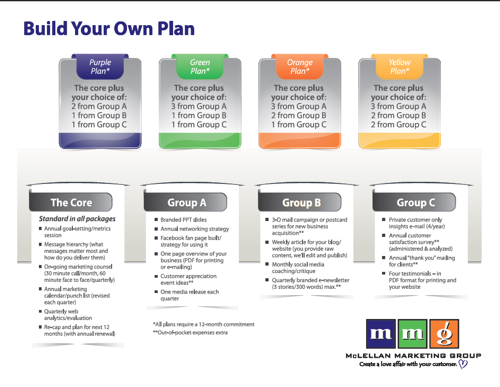Rules of the Hunt – do you know what they are?
September 3, 2012
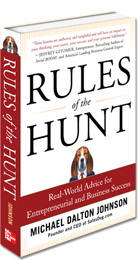 There’s a new book called Rules of the Hunt* that is unlike many of the business books on the shelf today. No witty parables, no acronyms for an overarching belief, in fact it’s absolutely void of anything trendy or theoretical. Instead, this book is just down to earth and friendly advice like you might expect from a trusted mentor.
There’s a new book called Rules of the Hunt* that is unlike many of the business books on the shelf today. No witty parables, no acronyms for an overarching belief, in fact it’s absolutely void of anything trendy or theoretical. Instead, this book is just down to earth and friendly advice like you might expect from a trusted mentor.
Did you ever have that one teacher, uncle or boss who you could just sit and listen to for hours? That’s how I felt about this book — like I was learning from someone I could trust.
The author, Michael Dalton Johnson, shares a lifetime of learning and earning. Along with his practical business insights and observations, Johnson shares some powerful leadership rules that I suspect you’ll use more than once.
I had the chance to ask the author the same questions I enjoy asking all the authors and here’s what he had to say:
If you had to describe the content of your book in a single sentence (no run ons) what would it be?
An old dog’s advice to improve one’s business game.
What one book that you’ve read do you wish you could claim as your own?
There really are none.
In your opinion, what is the one trait that all uber successful business people possess?
I think they all share a real love of the game. There is an abiding excitement and sense of adventure that comes with business success. I doubt you would ever hear one say, “I hate what I do.”
What’s the biggest business mistake you’ve ever made and what did you learn from it?
By far the biggest mistake I’ve made was selling a business prematurely. Back in the nineties, about a year before the Internet boom, I was a partner in a small technical publishing and marketing firm. The champagne corks were popping when we sold it for several million dollars.
About a year later, when the Internet gold rush was in full swing, a like sized competitor sold their business to a fortune 1000 company for 70 million.
The lesson, of course, is to not sell a soon to be appreciating asset. We could have probably seen the Internet investment frenzy coming had we bothered to get quality research on business and investment trends. We never even thought of it.
Why did you have to write this book? What truth or insight was missing from the human consciousness — that you’ve now answered?
My motive was not as lofty as adding to the human consciousness. I have witnessed, and continue to witness, business people making easily avoidable errors. I see many that are doing just so-so and others missing big opportunities, losing money and destroying their health. I wrote this book to give them small advantages to play a better and more rewarding business game.
After someone is done reading your book — what do you hope they do as a result?
I would hope they reflect for a moment on the author’s soaring genius and then start enthusiastically recommending the book to friends, family and strangers at Starbuck’s.
Seriously, I hope the reader will simply remember and use these rules.
Note: If you purchase the book on Amazon (see the * affiliate link above or click here) and then go to the Rules of the Hunt website (click here) you can get a bunch of extras from other authors like Zig Ziglar, Jeffrey Gitomer, and Bob Bly.
More


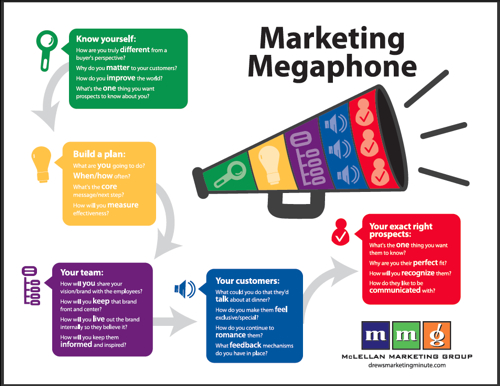


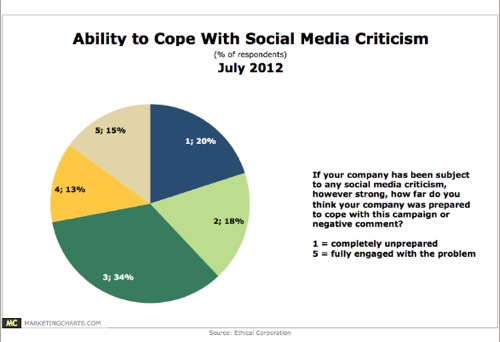

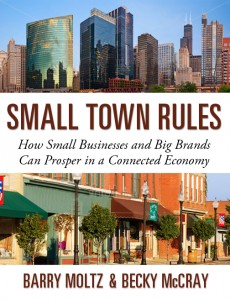 Turns out, quite a bit.
Turns out, quite a bit.

